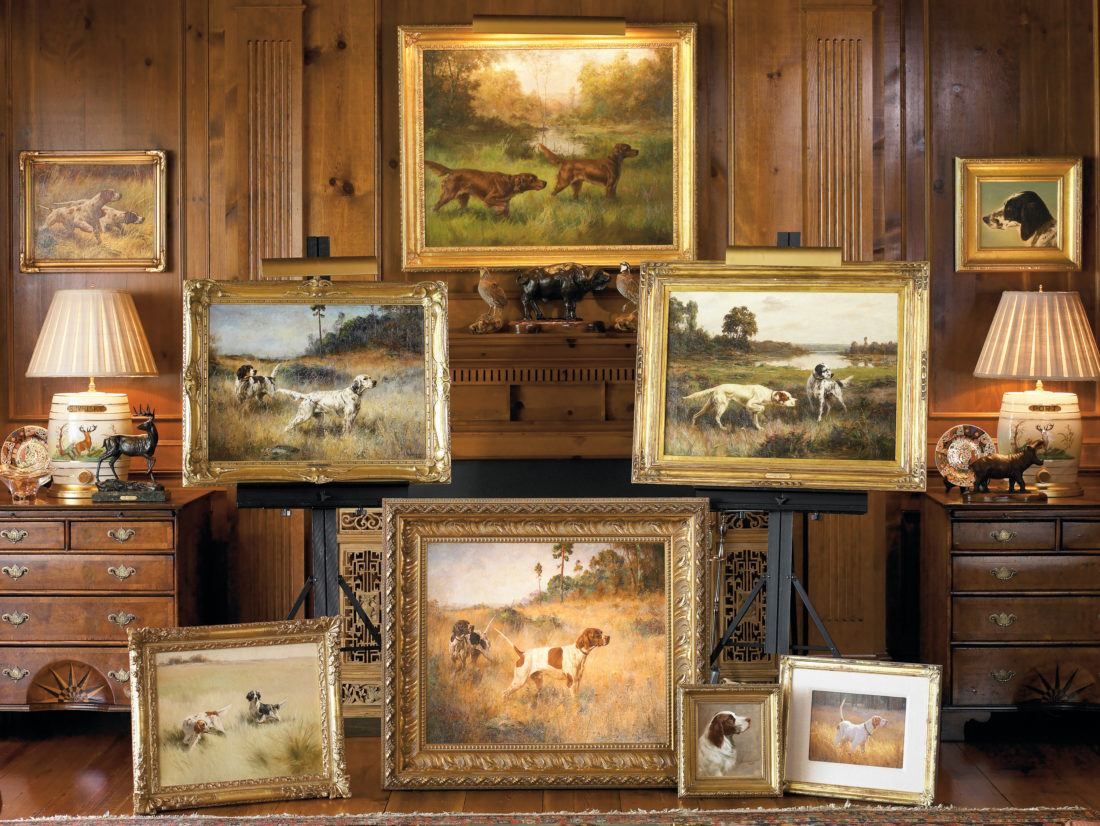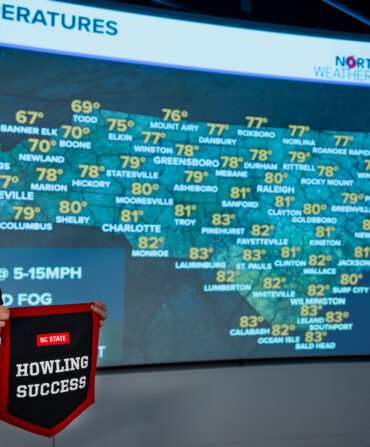Tucked inside an 18,000-acre working plantation in the quail-hunting belt of Southwest Georgia, there’s an elegant if understated yellow house. And on that house’s walls hangs one of the world’s better private collections of hunting art.
“The best part of a quail hunt is watching the dogs work,” says the collection’s owner, Douglas Ivester. “So I’m particularly fond of paintings that capture working dogs in their element.”
Pieced together over more than a decade, the total collection (which includes paintings, prints, and sculptures) numbers well over a hundred. “Doug has a genuine love of working the land, and an attachment to the countryside,” says C. Duncan Connelly, an Atlanta-based art dealer who helped assemble the collection. “He also has a love of dogs. And he’s a hunter. As he decided to start a collection of gun-dog paintings, the point was to depict moments between the dogs and hunters. As it’s turned out, hunters are rarely even in the frame. It’s implied that man is there, but the collection more often focuses on the moment for the dog itself.”
Despite the plantation’s diverse grouping of art, central to it are these bird-dog portraits and hunting-action canvases. “For me,” says Ivester, “there are two paintings that especially stand out. The first is called Royal Family, by Edmund Osthaus. It’s a mother who has just had pups, with the pups all there with her. It’s about the future.”
The other is titled Not Today Old Girl, by Joseph Kernan, and it tells a story of a mother with young pups, having to stay at home while the sire is being leashed to go on a hunt. In the foreground, the pack’s bitch is walking away and toward her brood of puppies. Yet her body language—and even the look on her face—show visible disappointment at being overlooked. It’s a painting that could only have been created by an artist who understood the subtleties of dog behavior.
Whether it’s intentional or not, Ivester runs his plantation in a way that mimics the nostalgic scenes depicted in his collection of paintings. “What I like most about the plantation is the same thing I like about the paintings—there’s a timelessness to both. We hunt using a mule-drawn wagon. If you took a black-and-white photograph of a hunt, it might look the same as it did a hundred years ago. While the plantation is a very modern farming operation, the timelessness reflected in the hunts and the paintings makes it a very special place.”








